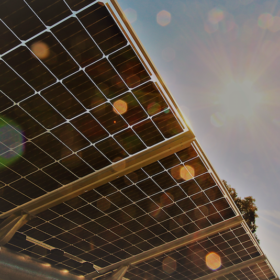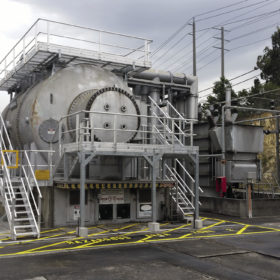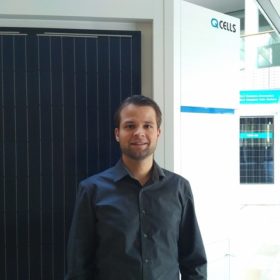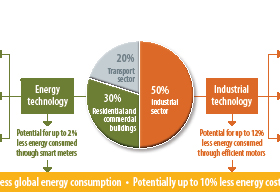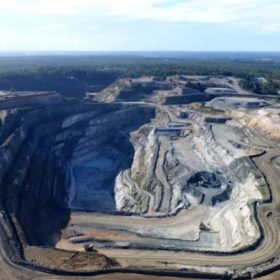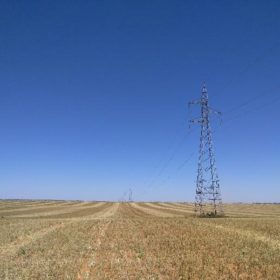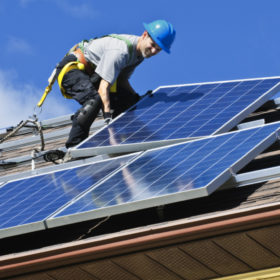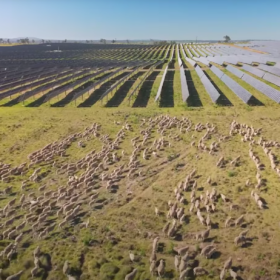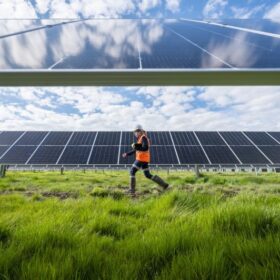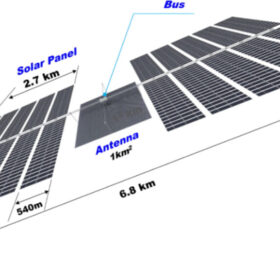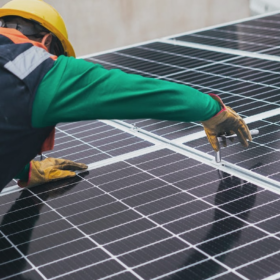Labor resi battery subsidy to push paybacks below 10 years
The Smart Energy Council has sketched out a scenario that demonstrates that Federal Labor’s plan to provide $2000 rebates for residential battery storage units, assuming they have rooftop PV installed, will save households between 60-80% on their power bill. In all Australian states, SEC finds that battery paybacks under the subsidy will fall to 3.5–10 years.
Developer POV: Bifacial PV modules will open new markets for utility-scale solar
Let me be clear: as a developer of utility-scale projects, we are very bullish on bifacial. We see bifacial as the next major evolution in solar module technology. Even if bifacial modules trade at a slight premium for the time being, many manufacturers tell us they intend to make even their monofacial panels with bifacial cells. Once they move their production lines over to bifacial, there won’t be a huge marginal cost difference and the prices will equilibrate – as a result, the module market norm will increasingly evolve to bifacial cell and module technology.
Long read: Behind the limited return of the Syncon
Sometimes there are old solutions to new problems. But often the problem would be best avoided in the first place. The developers of one of Australia’s most ambitious solar and eventually battery storage projects encountered precisely this – as the rate of wind and large-scale solar development in Australia outstrips the capabilities of the grid, at least in some locations.
Cost reduction-per-kWh reduction “completely transforms” PV industry
Maximilian Schurade, Director of Technical Marketing Support at Hanwha Q Cells shares his thoughts on the solar industries current trends and challenges ahead of speaking at this year’s Smart Energy Conference and Exhibition in Sydney.
Strategies vary, but the goal remains the same
It’s no secret that global energy demand continues to rise, with some estimating an increase of a third by 2040. Meanwhile, writes David Green, Research & Analysis Manager for Smart Utilities Infrastructure at IHS Markit, the energy industry is on the cusp of a 100 year change away from oil and coal hydrocarbons towards renewables and natural gas. Every stakeholder in the industry has a role to play in the energy transition, including within the industrial sector which accounts for 50% of global energy consumption.
Sods turned on Australia’s biggest lithium hydroxide facility
A ceremony was held today in WA’s South West to mark the commencement of construction on what is said to be Australia’s biggest lithium processing plant. The $1 billion facility is being developed by U.S. company Albemarle and targets 100,000 tonnes of battery-grade lithium hydroxide a year.
“Over 10% less”: six solar farms slammed by proposed MLFs
Proposed marginal loss factors (MLFs) will result in six utility scale solar projects receiving a 10% or more reduction in revenues, at current prices and if imposed as proposed by AEMO. Worsening MLFs add to mounting pressures for large scale PV project developers in 2019.
Victoria to require installers to sign CEC’s Code of Conduct for Solar Homes
The Victorian government is giving smaller solar installers eight months to sign up to the Clean Energy Council’s Solar Retailer Code of Conduct if they want to qualify for the Solar Homes program. For larger retailers, the deadline to become Approved Solar Retailers is July.
Why we need the Approved Solar Retailer program – and why Victoria is demanding it
Purchasing solar is complex and confusing for customers. They need help in determining which retailers meet higher standards of service and will provide a comprehensive whole-of-system warranty, whose marketing claims can be trusted and whose directors haven’t run other dodgy solar companies that avoid their obligations and rip people off.
Tesvolt wins second international award for WA avocado farm project
German battery supplier and integrator Tesvolt has been recognized by the Alliance for Rural Electrification for its battery 48 kWh project at an avocado farm in Pemberton, in WA’s Southwest. The project integrates the lithium ion system with a 160 kWh saltwater battery and 53 kW solar array – allowing the farm to become 100% self sufficient.


